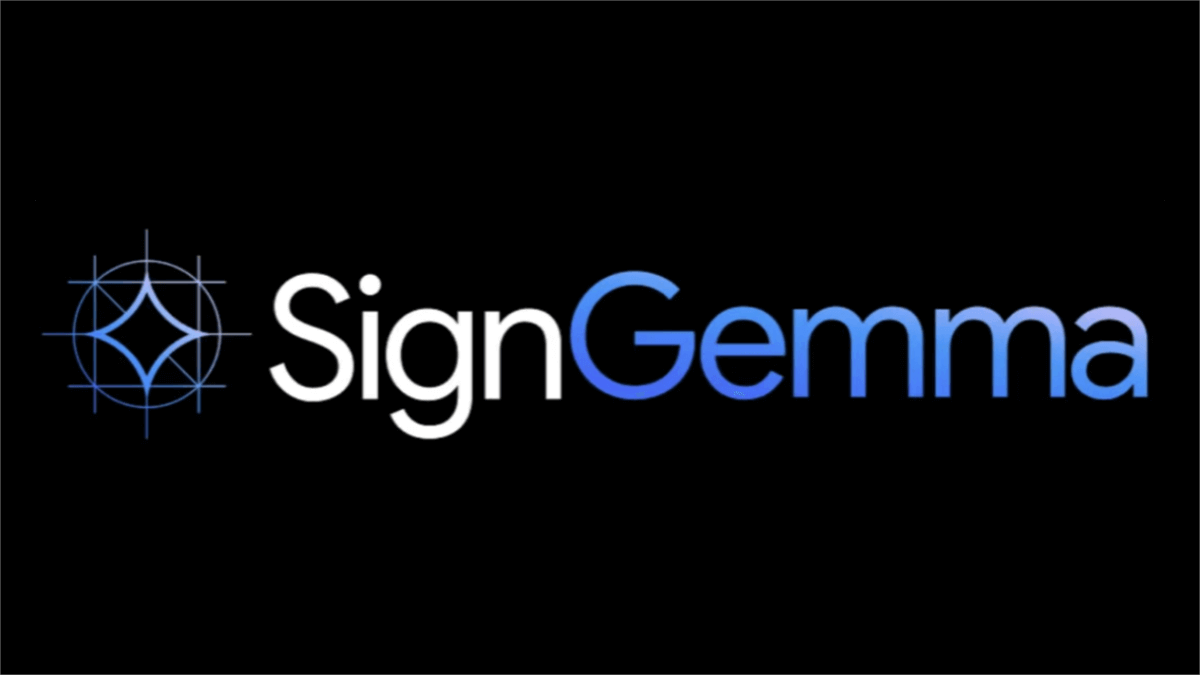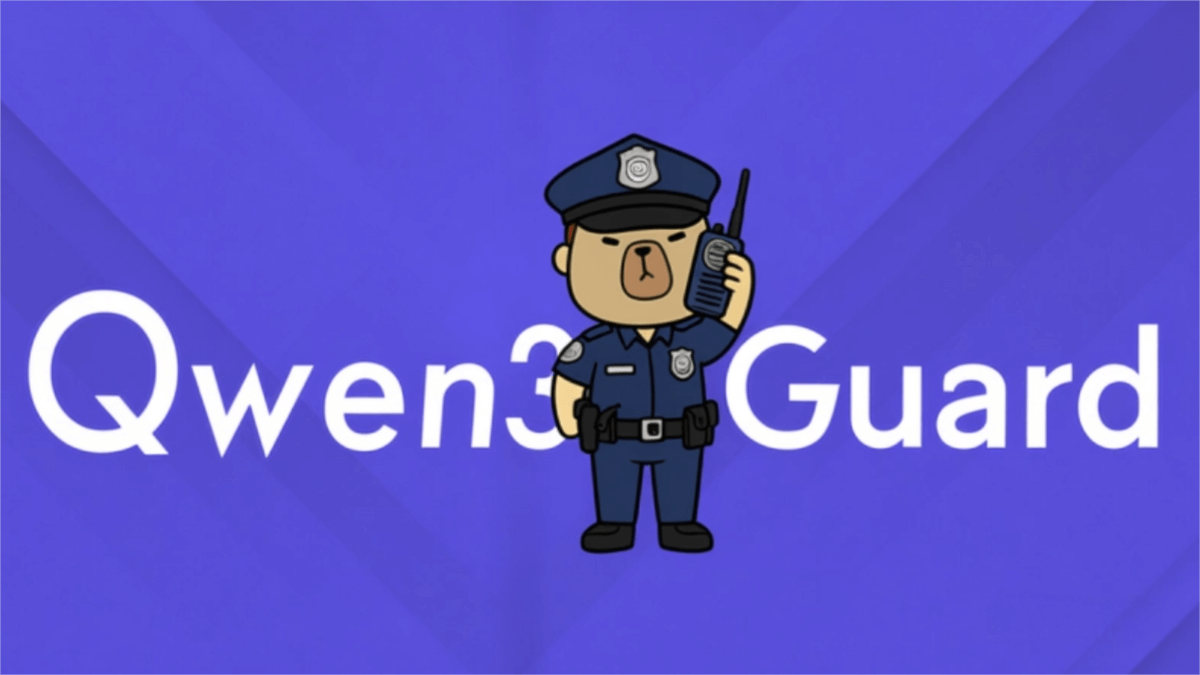SignGemma – Google DeepMind’s AI model for sign language translation
What is SignGemma?
SignGemma is the world’s most powerful sign language translation AI model developed by Google DeepMind. It focuses on translating American Sign Language (ASL) into English text. Leveraging a multimodal training approach that combines visual and textual data, SignGemma accurately recognizes sign language gestures and converts them into spoken language text in real time. The model features high accuracy, strong contextual understanding, and response latency of less than 0.5 seconds. Designed with an efficient architecture, SignGemma can run on consumer-grade GPUs and supports on-device deployment, ensuring user privacy.

Key Features of SignGemma
-
Real-Time Translation: SignGemma captures sign language gestures in real time and converts them into accurate text output with a response latency under 0.5 seconds—approaching natural conversational speed.
-
Accurate Recognition: The model can identify basic gestures and understand the context and emotional nuances of sign language communication.
-
Multilingual Support: Currently focuses on translating American Sign Language (ASL) into English.
-
On-Device Deployment: Supports running on local devices without uploading data to the cloud, making it suitable for sensitive scenarios such as healthcare and education.
Technical Principles Behind SignGemma
-
Multimodal Training: SignGemma is trained using both visual data (sign language videos) and textual data. It accurately recognizes sign gestures and interprets their meaning. Using a multi-camera setup and depth sensors, the system constructs a spatiotemporal model of hand skeleton trajectories to track gesture movement across space and time.
-
Deep Learning Architecture: The model employs a highly efficient architecture capable of running on consumer-grade GPUs. Advanced AI techniques allow for deep analysis of sign gestures.
-
Spatial Grammar Understanding: SignGemma incorporates a “3D Semantic Understanding Framework” that comprehends the spatial grammar of sign language—for instance, using different body regions to represent different discourse domains. This improves coherence in long-sentence translations by up to 40%.
-
Semantic Mapping: Using contrastive learning techniques, the model maps the spatial expressions of sign language into the linear sequences of spoken language. It also captures expressive cues like facial expressions and non-manual signals.
Application Scenarios of SignGemma
-
Learning Support: Provides accessible learning tools for deaf and hard-of-hearing students, helping them better understand course content.
-
Educational Resource Development: Developers can build educational platforms based on SignGemma, offering rich sign language learning resources and interactive courses to advance inclusive education.
-
Doctor–Patient Communication: In healthcare settings, SignGemma facilitates communication between doctors and deaf patients. It helps doctors quickly understand patient descriptions and enables patients to better grasp diagnoses and treatment plans.
-
Public Services: In public spaces such as transportation hubs, airports, and train stations, SignGemma can be integrated into display systems or self-service kiosks to offer real-time translation and interaction services for the hearing-impaired.
Related Posts




